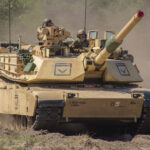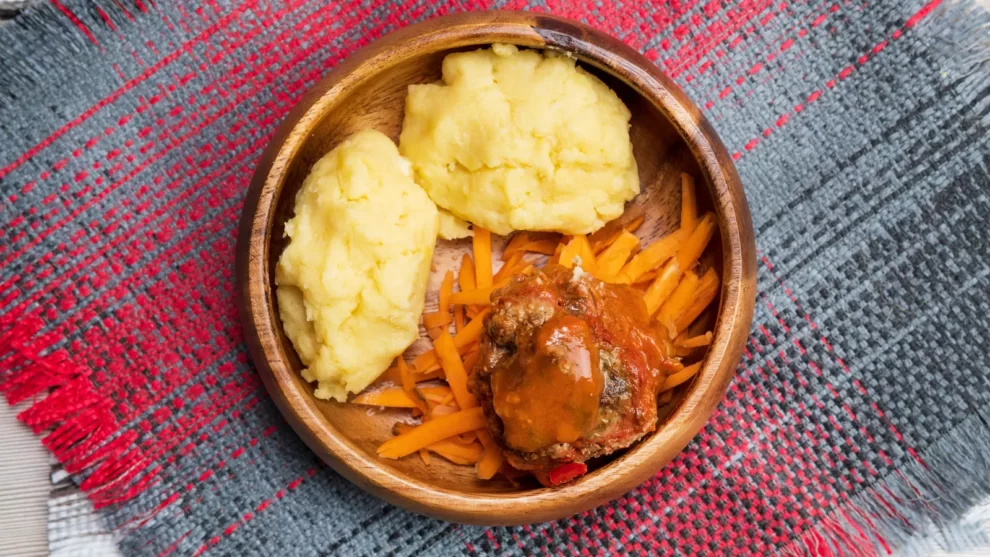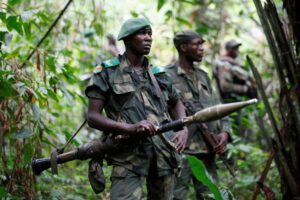Zambia’s staple food is maize (corn), and Zambians eat maize in several ways. When the corn is ripe but still green, it can be roasted or boiled. When it is dry and hard, it can be fried or boiled. It can also be pounded slightly to remove the outside layer and boiled either by itself or mixed with beans or groundnuts (peanuts).
At times the maize is ground to a size a little bigger than rice and is cooked like rice. Finally, we have the fine cornmeal, which is called mealie-meal in Zambia. This is used for making nsima, the most popular meal. Nsima is steamed cornmeal.
Meat from cows, goats, sheep, and fish is used in sauces over nsima. There are also a lot of vegetables put in sauces, such as leaves from beans, okra, cow peas, pumpkins, and cassava. Other vegetables eaten almost daily include onions and tomatoes.
All the cooking is done by the wife. Nsima is usually prepared for lunch and dinner and not for breakfast. In a traditional setting, boys from the age of seven eat with the man of the house.
The mother eats with the girls and the younger boys. This is because all of the children below the age of seven are under the guidance of their mother. Almost all learning takes place through daily activities in the home. The mother, who is in charge of the kids learning, has to take care of their learning at meal time. This is changing, especially in towns and cities. The trend now is that members of the family all eat together.
Before eating, everybody washes hands in order of the status of the members of the family: father first, then mother, and others follow according to their ages. One of the younger children, boy or girl, passes a water dish around for others to wash their hands. If a visitor happens to have a meal with the family, he or she is given the honor of washing first.
It is rude to talk very much or loudly while eating. After eating, the family members wash their hands again in the same order. The wife and the young ones clear the table. Belching after a meal used to be a compliment, but it is not nowadays.
Source: Peacecorps











